With the iPhone 8, Apple surrenders design leadership to Samsung
This article may contain personal views and opinion from the author.
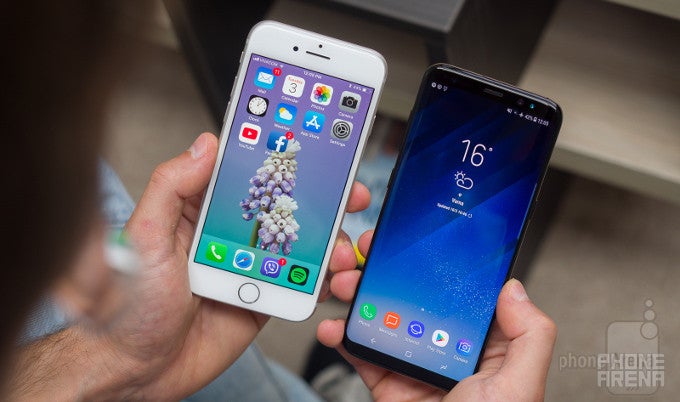
Ever since entering the scene in 2007, Apple has been the undisputed king of smartphone design. The company simply took things to a completely new level when it came to build quality and aesthetics. When Apple introduced the iPhone 4 in 2010, with its breakthrough glass and stainless steel body, Samsung had the plastic, toyish Galaxy S, with a design that looked old as soon as it was released.
Since then, Apple has managed to keep its lead. It produced incredibly elegant designs like the iPhone 5, which later reached jewel-like status through the addition of fashionable color options like gold and rose cold. The more simplistic iPhone 6 design aged graciously, and led the whole industry into producing smartphones with almost no visually distinctive details, just a whole, single-piece body made of metal. Ever since its appearance in the market, Apple has been the design trend setter.
How Samsung outdid Apple in design this year
Somewhere along the way, Samsung decided it wanted to get better at this, as it had often been the subject of criticism when it came to the styling of its handsets. The company took a sharp turn in 2015, when it switched from plastic to glass and aluminum, for a general aesthetic akin to the iPhone 4, but in a more modern form, with larger screens and slimmer bezels. It wasn't all great at first: Samsung came up with some wacky color variants, and the ergonomics of the first Edge models were rather crude.
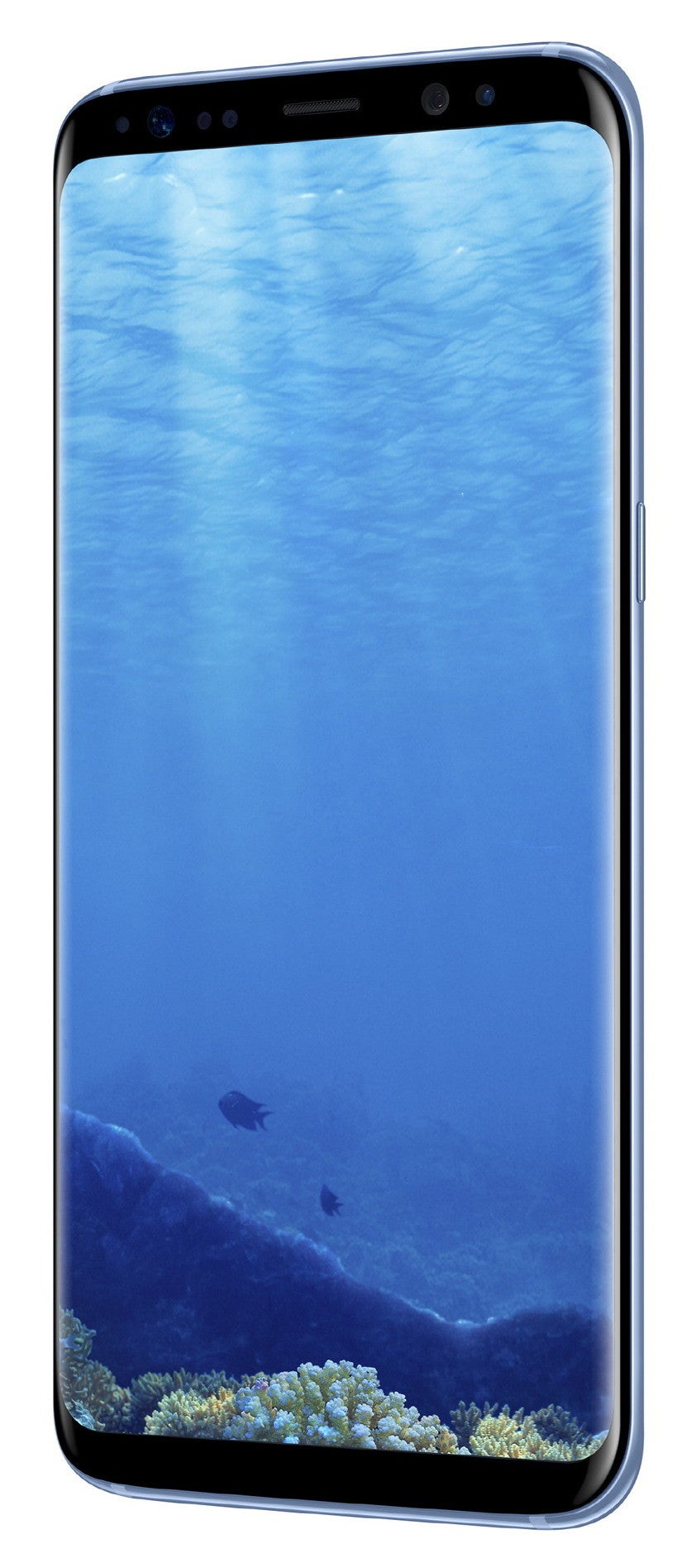
The Galaxy S8 is the culmination of Samsung's design efforts. And there's more to it than the expansive Infinity Display.
- Galaxy S6 and S6 edge: Launched alongside the iPhone 6s, these baby steps in design made the switch to quality materials, but lacked refinement;
- Galaxy S7 and S7 edge: Both models improved on their predecessors, but the major achievement was the S7 edge, which refined the ergonomics of the S6 edge, and offered a large display in a relatively compact body;
- Galaxy Note 7: Halfway between the S7 and S8 generations, the Note 7 felt like another step forward, with even better ergonomics and eye-catchy color solutions like the Coral Blue one. Not only did Samsung start to get the hang of building quality phones, it started having fun with colors, and in a fashionable way at that!
And then, there's the color selection the Galaxy S8 is available in. Take a look:
All Galaxy S8 color variants
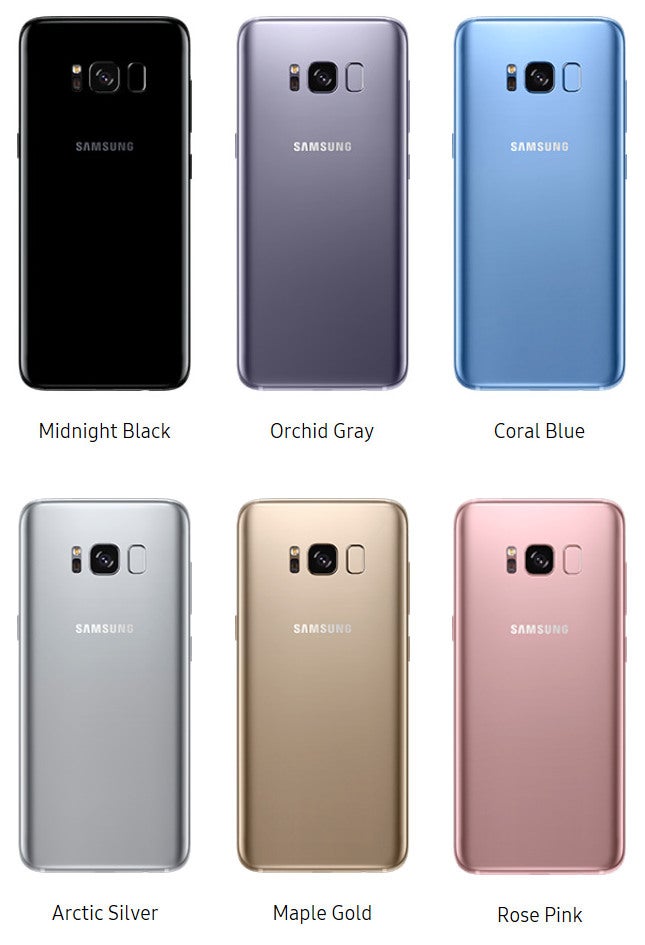
The remarkable range of color options for the Galaxy S8
Compared to this remarkable diversity of fresh, tranquil colors, Apple's current selection of dark gray, white, and gold for the iPhone 8 looks bleak and uninspired.
The current iPhone design language looked and felt great up until this year. We thought the culmination of this chapter was the iPhone 7, and expected Apple to finally modernize its line-up this year. Only this didn't happen. Instead, Apple attempted to freshen things up a bit by switching to a glass back, but the overall aesthetic of the iPhone remained unchanged, and the new, limited selection of colors only made it look even less impressive.
iPhone 8 is the most refined smartphone, but it looks so 2014
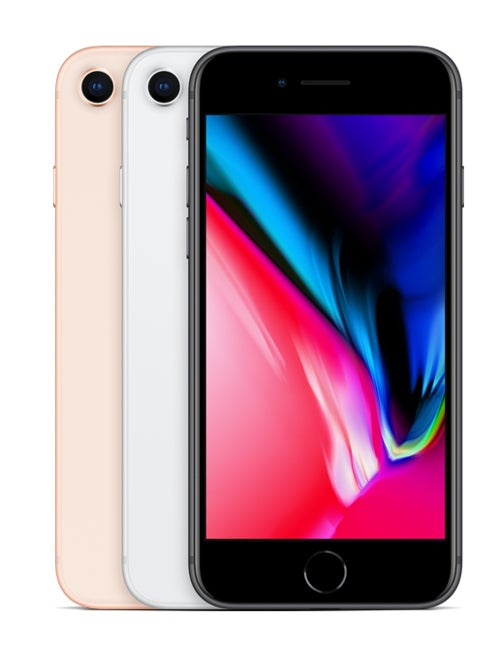
Welcome back, 2014.
The iPhone X is not enough
But even if the iPhone 8 is boring, doesn't the iPhone X take the crown of smartphone design this year? Yes and no. Yes, because the iPhone X is expected to be the most exquisite phone with an all-screen design so far, and no, because if you look closer, you'll see that almost all of the elements that make it so great are already found on the Samsung Galaxy S8. However, the GS8 is also available in a range of fashionable, coordinated colors, while the iPhone X comes in just black and white, limiting its potential as an accessory for self-expression.
This year, S marks the spot.
Follow us on Google News

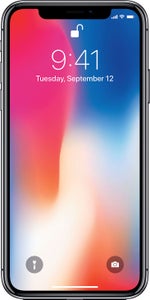

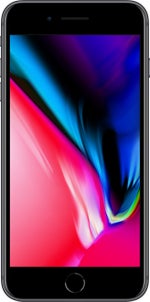
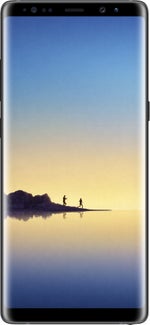

















Things that are NOT allowed:
To help keep our community safe and free from spam, we apply temporary limits to newly created accounts: